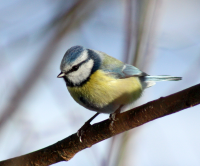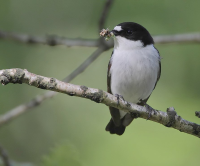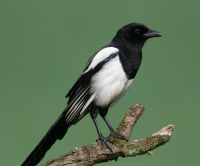Overview of our research
Our group has multidisciplinary goals in evolutionary and conservation ecology. The main study organism is the lekking black grouse (Tetrao tetrix), which is a species with intense sexual selection. We use black grouse for investigation of the development and maintenance of sexual ornaments including their genetic background and mechanisms that relate them to male condition (inlcuding immune function). In general we aim to understand the evolution of lek mating systems.
Maternal effects via egg quality, mainly a mother's resource allocation into her eggs and its adaptive role in shaping offspring phenotypes will be studied comprehensively mainly with the magpie (Pica pica) and black grouse, but our long-term expertise on experimental work with nest-box breeding birds (pied flycatchers Ficedula hypoleuca, blue tits Cyanistes caeruleus) offer a great possibility for further experimental investigations. In a more applied and conservational context, we further study patterns and processes underlying the fluctuations and long-term trends of forest grouse in a changing world.





